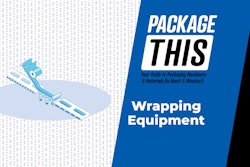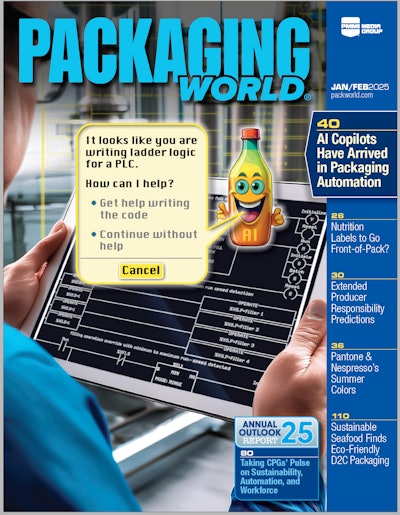
The U.S. Food and Drug Administration on April 1, 2015 issued a final guidance to assist industry in developing opioid drug products with potentially abuse-deterrent properties.
Opioid drugs provide significant benefit for patients when used properly; however opioids also carry a risk of misuse, abuse, and death. To combat opioid misuse and abuse, the FDA is encouraging manufacturers to develop abuse-deterrent drugs that work correctly when taken as prescribed, but, for example, may be formulated in such a way that deters misuse and abuse, including making it difficult to snort or inject the drug for a more intense high. While drugs with abuse-deterrent properties are not “abuse-proof,” the FDA sees this guidance as an important step toward balancing appropriate access to opioids for patients with pain with the importance of reducing opioid misuse and abuse.
The document “Guidance for Industry: Abuse-Deterrent Opioids – Evaluation and Labeling” explains the FDA’s current thinking about the studies that should be conducted to demonstrate that a given formulation has abuse-deterrent properties. It also makes recommendations about how those studies should be performed and evaluated, and discusses what labeling claims may be approved based on the results of those studies.
“The science of abuse-deterrent medication is rapidly evolving, and the FDA is eager to engage with manufacturers to help make these medications available to patients who need them,” said FDA Commissioner Margaret A. Hamburg, M.D. “We feel this is a key part of combating opioid abuse. We have to work hard with industry to support the development of new formulations that are difficult to abuse but are effective and available when needed.”
The science of abuse-deterrent technology is still relatively new and evolving. The final guidance is intended to assist drug makers who wish to develop opioid drug products with potentially abuse-deterrent properties. The FDA is working with many drug makers to support advancements in this area and help drug makers navigate the regulatory path to market as quickly as possible. In working with industry, the FDA will take a flexible, adaptive approach to the evaluation and labeling of potentially abuse-deterrent products.
“Development of abuse-deterrent products is a priority for the FDA, and we hope this guidance will lead to more approved drugs with meaningful abuse-deterrent properties,” said Janet Woodcock, M.D., Director of the FDA’s Center for Drug Evaluation and Research. “While abuse-deterrent formulations do not make an opioid impossible to abuse and cannot wholly prevent overdose and death, they are an important part of the effort to reduce opioid misuse and abuse.”
While this final guidance does not address generic opioid products, the agency understands the importance of available generic options to ensure appropriate access to effective opioid drugs for patients who need them. The FDA is committed to supporting the development and use of generic drugs that have abuse-deterrent properties and is working on draft guidance in this area.
In addition to the numerous comments on the draft guidance submitted to the public docket, the FDA convened a public meeting Oct. 30-31, 2014, to discuss the development, assessment, and regulation of abuse-deterrent formulations of opioid medications.
To help support the safe use of all opioid products, the FDA is working in many other ways to help prescribers and patients make the best possible choices about how to use these powerful drugs. The agency’s goal is to find the balance between appropriate access to opioids for patients with pain and the need to reduce opioid misuse and abuse.
For more information:
• FDA: Guidance for Industry: Abuse-Deterrent Opioids—Evaluation and Labeling
• Federal Register Notice of Availability: Guidance: Abuse-Deterrent Opioids Evaluation and Labeling

























